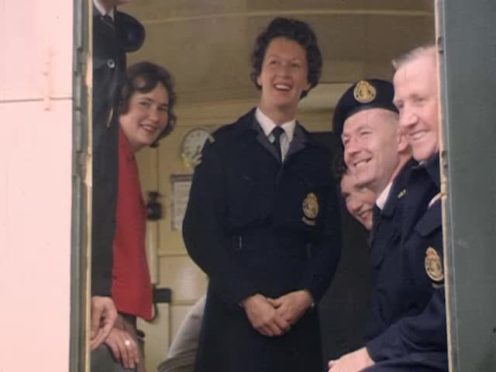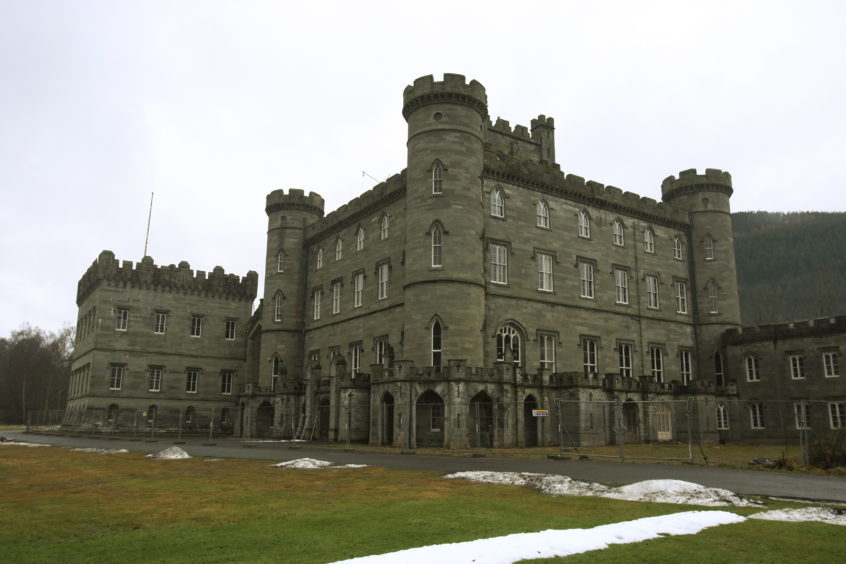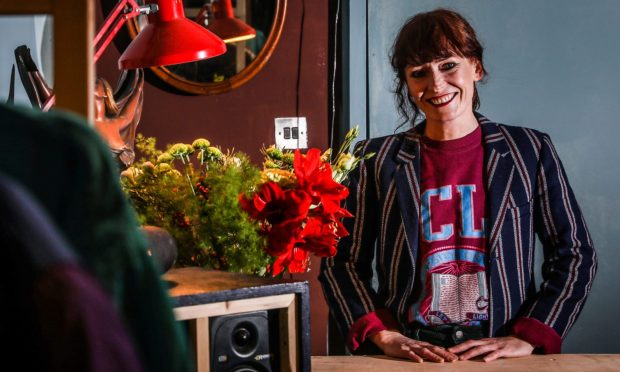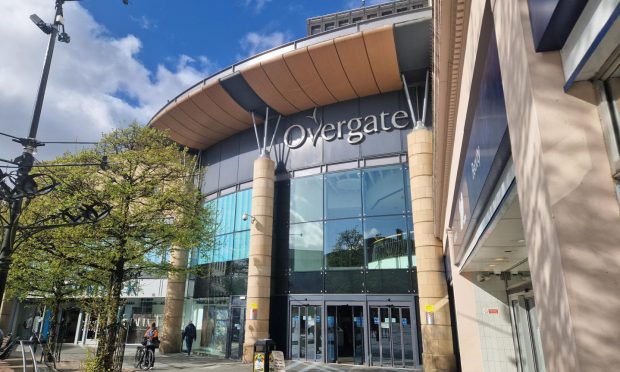It was the Dundee ‘Dad’s Army’ which was set up to take control in the aftermath of a nuclear attack.
The Civil Defence Corps was trained to respond to the threat of nuclear war amidst rising Cold War tensions between Moscow and the West.
As part of their training, the Dundee Division volunteers were given advanced instruction in atomic, chemical and biological warfare in a mock ‘blitzed village’.
A rarely-seen film of a training exercise challenge at Taymouth Castle in Perthshire will now be shown on the big screen at the Central Library in Dundee on March 29 at 12.15pm and 1.15pm.
Iain Flett from the Friends of Dundee City Archives said: “The elephant in the room in this 1963 film is of course the Cold War.
“On the face of it seems a ‘Dad’s Army’ amateur movie by the city librarian but the background was deadly serious.
“It was held in Taymouth castle, an apparently idyllic setting which at that time was a carefully adapted centre for training in atomic and biological civil defence.”
In February 1949, the government formed the Civil Defence Corps, which was a civilian volunteer organisation, and declared that Taymouth Castle was to be used as one of three training centres in Scotland.
Alterations were made to the castle which was designed to train between 100 and 150 men and women and the centre was described as the most up-to-date in the world when it opened in 1950.
The centre also included a mock ‘blitzed village’ for trainees to practice in where roofs were at ‘drunken angles’, walls gaped open and timber beams were scorched with fire.
Mr Flett said: “In 1961 a nuclear proof bunker had been built at Craigiebarns that could coordinate triangulation of any nuclear bombs by the ROC (Royal Observer Corps), analysis of fall out by UKWMO (the United Kingdom Warning and Warning Organisation) and also be a possible centre for a displaced regional government.
“The previous year there had been the stand off in the Cuban Missile Crisis when Russia had backed off shipping missiles to Cuba.
“There are people in the film who I recognise such as Gertie Thomson, an energetic force in the Red Cross who would clearly remember the use of atomic weapons in Nagasaki and Hiroshima from 18 years before.
“To us it would have been like remembering a cataclysmic event in in the year 2000.”
The Craigiebarns monitoring post is the only remaining Royal Observer Corps sector bunker left in its original condition in the UK.
As the Cold War came to an end with the disintegration of the Soviet Union, the sites were all closed down when the ROC was stood down in 1991.
Many of the sites were demolished or fell into disrepair but some have been preserved by private individuals or trusts including the restoration project team 28 Group Observed which spent more than a decade helping to restore the Dundee complex.
By 1956, the Corps had grown to 330,000 personnel. However, the Corps was eventually disbanded in 1968, after a change of thinking in how to deal with nuclear attacks.
This film is another in the occasional series in a partnership venture between The Friends of Dundee City Archives and Central Library Dundee and the Moving Image Archive of the National Library of Scotland.
Both showings will be free of charge and there is no need to book beforehand.












